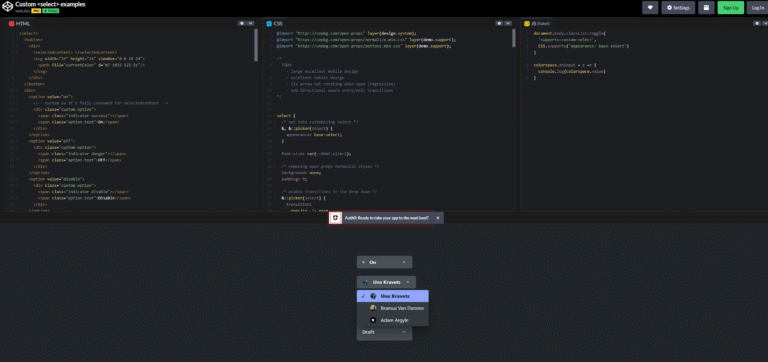Rewriting our relationship with contamination
Plastic is no longer just around us, it’s within us. Instead of resisting, what if we evolved with it? By engineering microbiomes that break down and neutralize plastic, we could shift from pollution to adaptation. This article explores how mindset and synthetic biology might reshape our future from the inside out.


